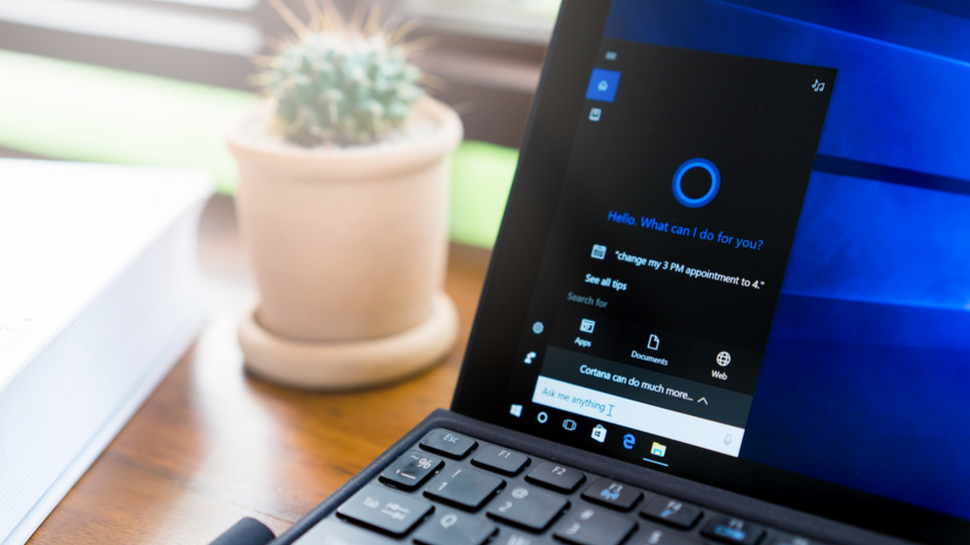Windows 10 May 2019 Update looks to be a hit as users flock to the upgrade
Or get forced to upgrade, in some cases…

Windows 10 May 2019 Update has experienced a huge spike in adoption, and has already overtaken the October 2018 Update with a seriously speedy rollout, at least according to one set of stats.
These are the monthly figures from AdDuplex, which show that the May 2019 Update has tripled its level of adoption in August, and is now on 33% of Windows 10 PCs (the stats are derived via adverts run on apps from the Microsoft Store, with a sample size of over 100,000 devices).
- How to reinstall Windows 10
- These are the best Windows 10 antivirus apps
- How to fix Windows 10 May 2019 Update problems
You might recall that when Microsoft first started deploying the May 2019 Update, it took a very cautious approach, although that was hardly surprising given the disastrous previous (October 2018 Update) upgrade. In the first week of its release (the final week in May), the May 2019 Update only found a home on 1.4% of PCs according to AdDuplex.
That increased to 6.3% in June, and 11.4% last month in July, so essentially that’s a steady 5% per month for those first couple of months. However, now the floodgates have evidently opened, as the jump to 33% in August represents an almost 22% increase.
And obviously the good news for Microsoft is that even with this much faster pace of deployment, no serious problems have emerged (although some minor niggles have popped up with cumulative updates in recent times).
Neatly divided
Interestingly, the stats for August show that Windows 10 versions are roughly split into three across the user base – with a third on the May 2019 Update, a third on the October 2018 Update, and a third on the April 2018 Update.
Most of the users upgrading to the May 2018 Update come from the April 2018 Update, and are skipping straight over the famously wobbly October 2018 Update.
Get daily insight, inspiration and deals in your inbox
Sign up for breaking news, reviews, opinion, top tech deals, and more.
This is no surprise as Microsoft had previously stated that it is forcing upgrades on April 2018 Update users, as they are on an old version of Windows 10 for which the end-of-service date is coming closer and closer (November 12).
Of course, we say the upgrade is being forced on machines, but you can still delay it by up to 35 days (even on Windows 10 Home), but going by these latest figures, it seems most folks are now keen to move to the latest version of Microsoft’s desktop operating system.
- These are the best laptops of 2019
Darren is a freelancer writing news and features for TechRadar (and occasionally T3) across a broad range of computing topics including CPUs, GPUs, various other hardware, VPNs, antivirus and more. He has written about tech for the best part of three decades, and writes books in his spare time (his debut novel - 'I Know What You Did Last Supper' - was published by Hachette UK in 2013).